Intermediates
Gallantry and accessories
Blog Piekiełka
Tajik wedding - traditions and customs
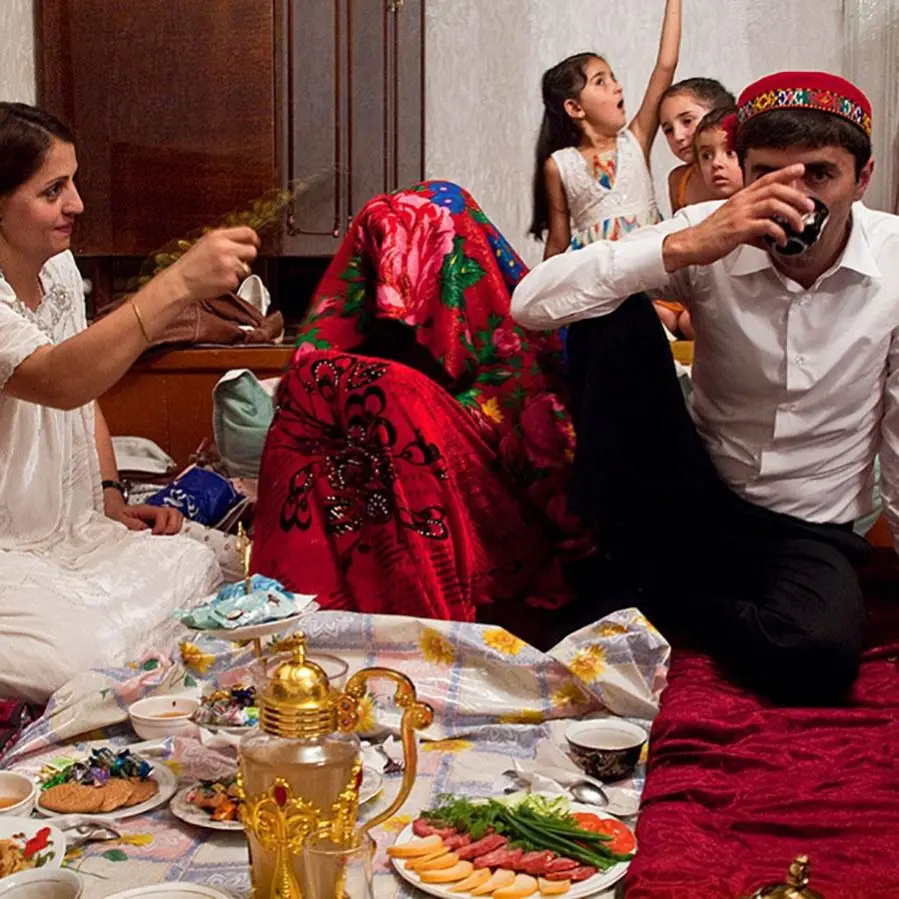
A wedding is one of the most important celebrations anywhere on the planet. There are many rituals and traditions associated with the marriage ceremony, and every nation has its own history and customs. In many countries there is a belief that a wedding is not some ordinary, conventional celebration, but the moment when the souls of two young people are united forever. Some nations celebrate weddings for days and weeks, while others celebrate them more modestly. Tajiks also have their own opinions about weddings. In the big cities, local traditions are often mixed with Western ones, but in the mountainous kyshlaks, old customs still live on.
First of all, a wedding is a big celebration for Tajiks. There is a superstition that what course the wedding ceremony takes, such will be the subsequent life of the newlyweds. Not surprisingly, the parents of both brides and grooms do not begrudge strength or money. A Tajik wedding lasts not one day and not one night, but a whole week. The entire week is filled with ceremonies that are conducted both day and night. In the whole wedding, 7 points can be distinguished, namely:
Matchmaking
The custom of matchmaking has not disappeared in our time either. The peculiarity of matchmaking in Tajik families is that this ceremony can be carried out even in the case of a very young, one might say infantile age of the potential candidates for the bride and groom. The matchmaking ceremony for newborn children is called goworbakhsh, and for minors -domanchok. In the former case, while reading prayers, the mothers of prospective brides share each other's non - a kind of wheat dough - and, having slightly torn the bottoms of the children's white shirts, tie them together with a knot. According to tradition, a girl is considered seeded and cannot be matched with any other boy.
If the children are older, their matchmaking is handled either by their parents or by swats (sowchi), who are specially prepared for this purpose. They were the ones who made all the decisions related to the agreement between the parties. When the children are old enough, the matchmaking ritual proceeds somewhat differently. The prospective couple is formally introduced, the families make acquaintance with each other, the amount of redemption (kalym) is determined and the date of the engagement is set.
Engagement
The first to find out about the engagement is always the boyfriend. They inform him which girl they have seeded for him. On this evening, the mother of the future fiancé goes to the fiancée's family home and brings a gift of pilaf (oszi palow) covered on top with non cake. A festive tea party is arranged for the occasion, neighbors and relatives are invited, and the ritual of nonshikanon - the breaking of the non cake - is performed. The relative enjoying the greatest authority breaks the cake and reads appropriate prayers for the health and happiness of the future family. Relatives of the fiancé and bride exchange gifts for the young couple. The engagement is considered officially done.
There is another custom in Tajik culture related to betrothal. It is conducted when young people get engaged, being already grown up and ready to create a family. The parents of the future husband bring four trays to the girl's family home. On the first tray are wedding cakes - gul-non, fatir and kulcha, as an amulet of the future family. On the second tray lie the products for the wedding pilaf - meat, rice, spices. The third tray is filled with a variety of sweets to make the life of the young ones that much sweeter, too. And the fourth tray is for the bride. Lying on it is the fabric for the wedding dress, shoes, a white dress and various trinkets that may come in handy for the wedding outfit.
Buying out the bride
In order to be able to take the bride, the fiancé must pay a buyout - a kalym. On the eve of the date when the kalym for the bride is to be settled, the ritual of tachta pas kunon is conducted at the house of the bride's parents for the future father-in-law. It combines the baking of a cake and the sewing of a wedding outfit. At the end, a redemption is paid.
An important attribute of a Tajik wedding is the wedding bedspread, sewn from hand-woven white cotton cloth. Only such fabric symbolizes pristine purity before the eyes of Allah. It is embroidered with folk designs, and prayers are read during this time. In this way, the bedspread is filled with the magical power of protection from evil. To enhance the effect of this power, in one of the ornaments the embroiderer deliberately makes a mistake. The fabric is supposed to protect the young from evil spirits and will take a place of honor in their home after the wedding.
Wedding ritual - nikah
The newlyweds-to-be approach the wedding nikah ritual with great responsibility. During the entire week before the ceremony, they observe fasting, prayers and complete preparations for the celebration. The wedding festivities take place in the bride's home. The nikah begins in the morning with the preparation of pilaf. They serve it first to the male half of the guests and then to the female half. Toward evening, they invite the mullah, who will conduct the sacred rite of marriage. After reading the prayers, the bride and her friends are led away behind a special veil - the chimlik. There, the girls help the bride to dress in wedding attire.
Traditional Tajik wedding outfits are very rich and colorful. Decorated with gold threads and expensive accessories, they look especially festive. An obligatory part of the outfit is the paranja, the bride's headdress. It symbolizes the modesty and piety of the bride. The bride's outfit consists, among other things, of a gold-embroidered chalat (chapan) and a cap-tubet (round cap with patterns). After the bride is dressed, the mates begin ritual dances and songs, announcing the bride's readiness for marriage.
The importance of the nikah ceremony is critical; without nikah there is no family. In Islamic tradition, the marriage contract is signed during the nikah, and it is during this event that the bride and groom say the sacramental "I do." The ceremony is mandatory and has several conditions, the most important of which is the bride's response.
At this very responsible moment Tajik girls have the opportunity to show their perversity and stubbornness. Once the mullah asks her a question - she remains silent, he asks a second time - she remains silent, the third time friends join in the persuasion, pinch the silent girl's hand, and she does not make any sound. Although silence is golden, a Tajik tradition is also at work here: a bride should not agree right away and throw her fiancé around her neck. That's not the Tajik way.
And here is where the most interesting thing begins: in order to "sweeten" the girl, witnesses from the fiancé's side put expensive gifts, including money, on the Christmas table. Otherwise, it is impossible to get a decisive answer out of her and the ceremony will drag on forever. Finally, when the mullah once again asks if she agrees to become the wife of this man, sitting with her head lowered, under the chadra, she half-heartedly replies: "yes."
Viewed from the sidelines, this may look like a staged event, because, after all, a "no" answer is out of the question - after all, if she didn't want to get married, the nikah wouldn't have happened. In any case, it is not appropriate for a real Tajik woman to answer a very important question so quickly.
Wedding reception - tujchona
After the solemn wedding ceremony comes the wedding reception. Tables are covered with tablecloths sewn from beautiful fabric with folk ornaments and set with traditional Tajik dishes: pilaf, tushbera, kurutob, non, kebab and others. The youngsters and guests sing, dance and make merry. The family makes greetings, wishing the young couple happiness and love, prosperity and well-being, and an extended family. At midnight, the groom takes his wife away to the family home, and the guests continue to party.
The next stage of a Tajik wedding - a rubinon
This event is intended for friends and neighbors of the groom. At the husband's house, a specially spread carpet awaits the girl The daughter-in-law is greeted by her father-in-law and mother-in-law, and presented with gifts. The young wife shows off her clothes and reveals her face. Another customary ceremony takes place. From the hands of her in-laws, the girl tastes honey, and then she should let her newly married husband step on her foot. In this way she gives a sign that she intends to be an obedient daughter-in-law and wife, and that her husband is the head of the family. Sometimes the course of this event turns into a merry game, when the young wife pretends to take her foot. And only after that does she become part of the new family.
Honeymoon - chile
The newlyweds live in the husband's family home. The father-in-law and mother-in-law help the newlyweds get used to their new living conditions. This period lasts 40 days.
Ethnic Jewelry
-

Adjustable pink oyster ring
370,00333,93 -

Brown natural turquoise ring
155,0088,35 -

Silver iolite pearl ring
289,00260,82 -
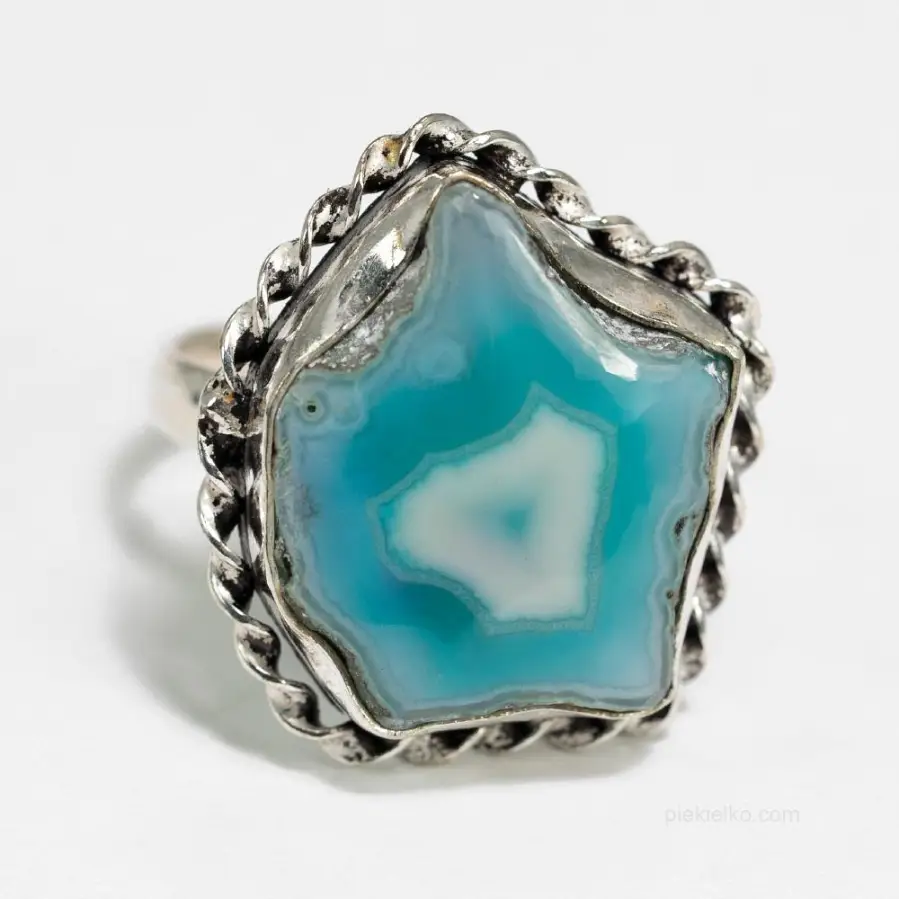
Botswana blue agate ring
150,00142,50 -
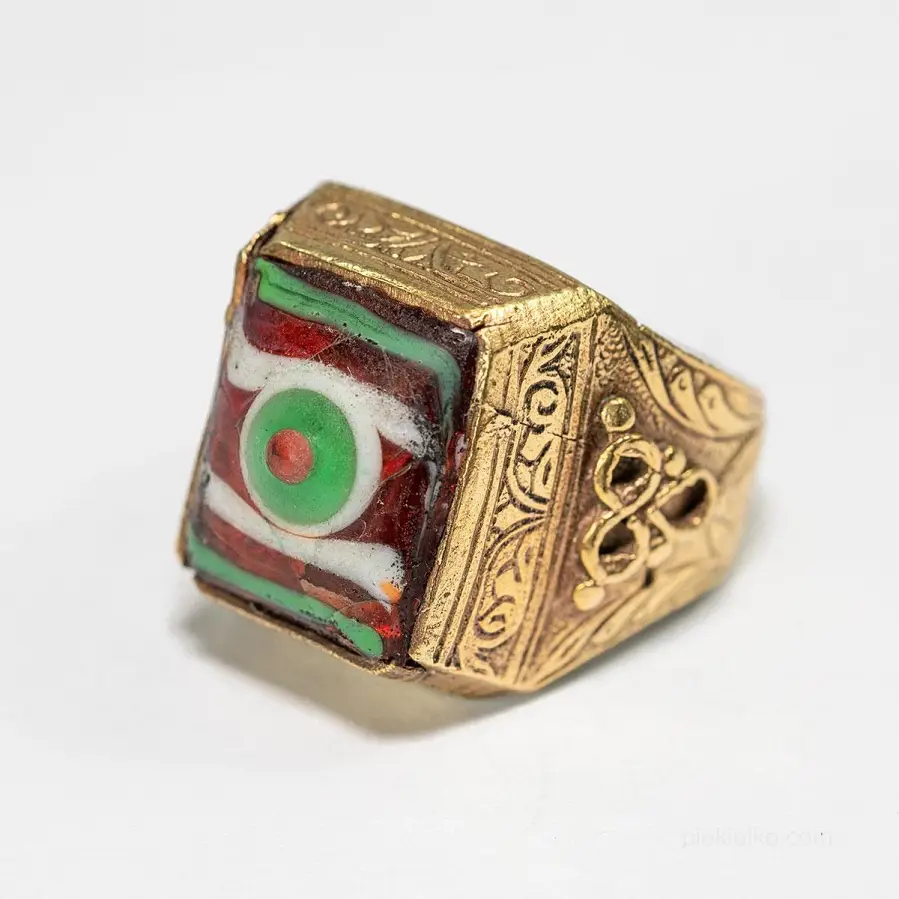
Pakistani gabri ring
98,0093,10 -

Adjustable garnet ring
166,0094,62 -
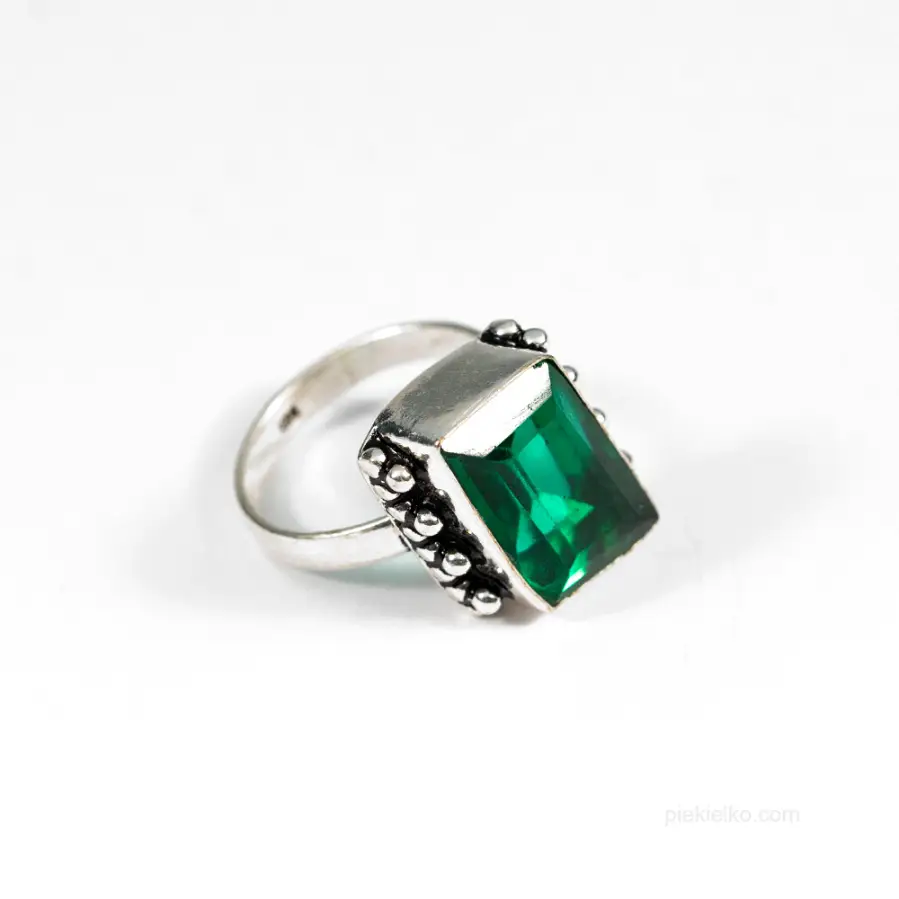
Ring with cut diopside
120,00114,00 -

Silver ring with purple turquoise
370,00333,93 -
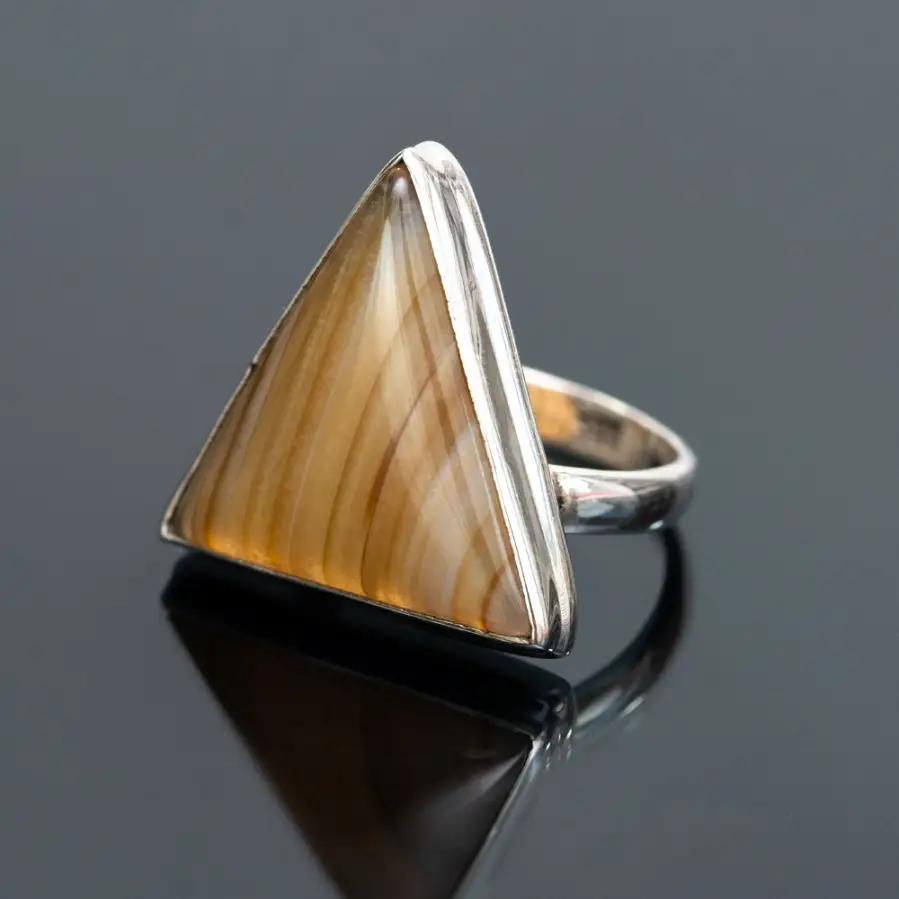
Indian Botswana Honey Agate Ring
360,00324,90 -
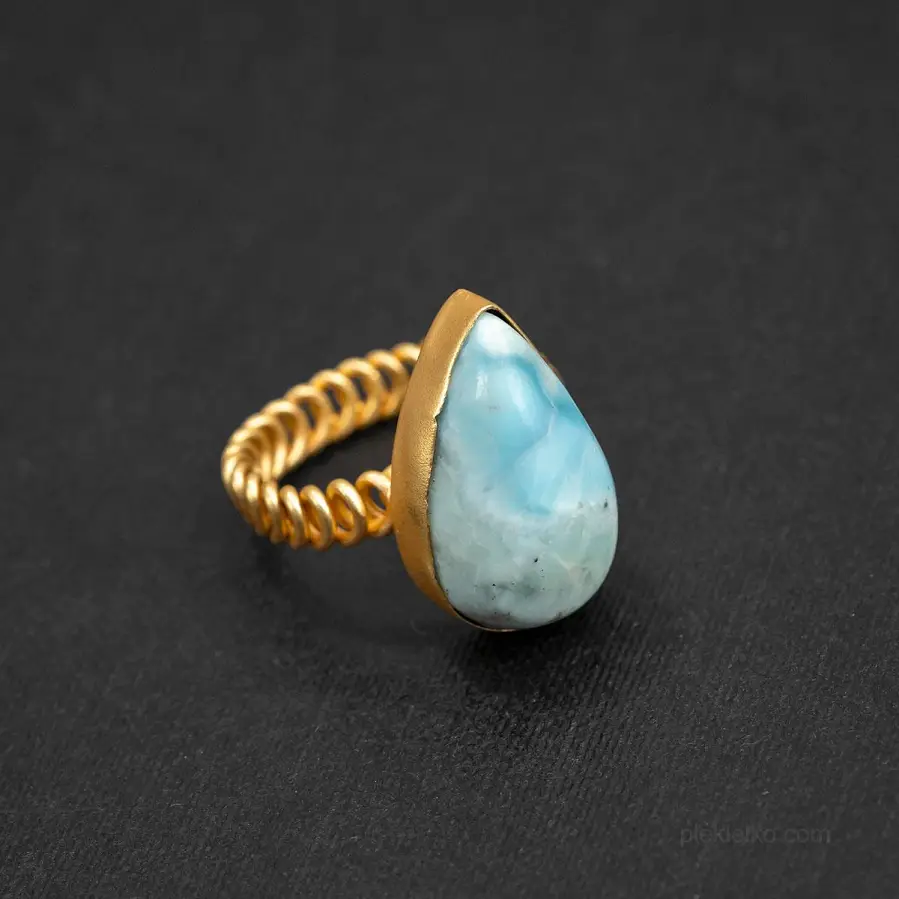
Gold plated larimar ring
210,00119,70 -

Ring with black opal
460,00415,15 -
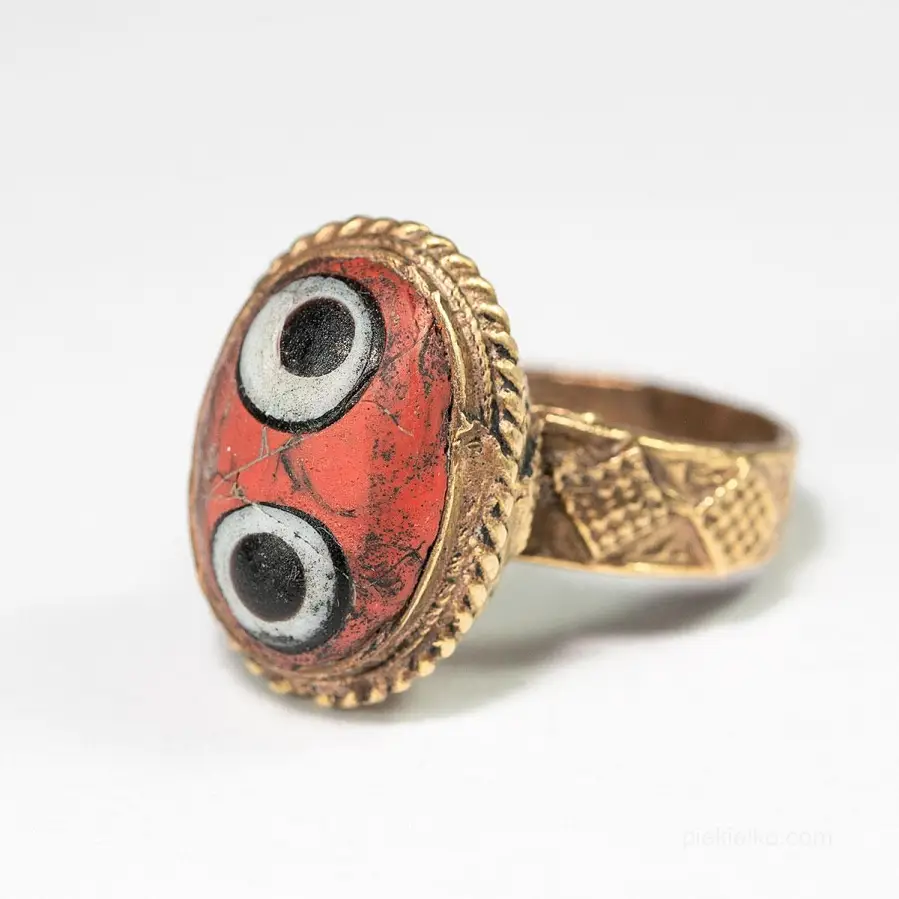
Signet ring with a gabri glass eye
98,0093,10 -

Large Silver Ring with Natural Amethyst
560,00505,40 -
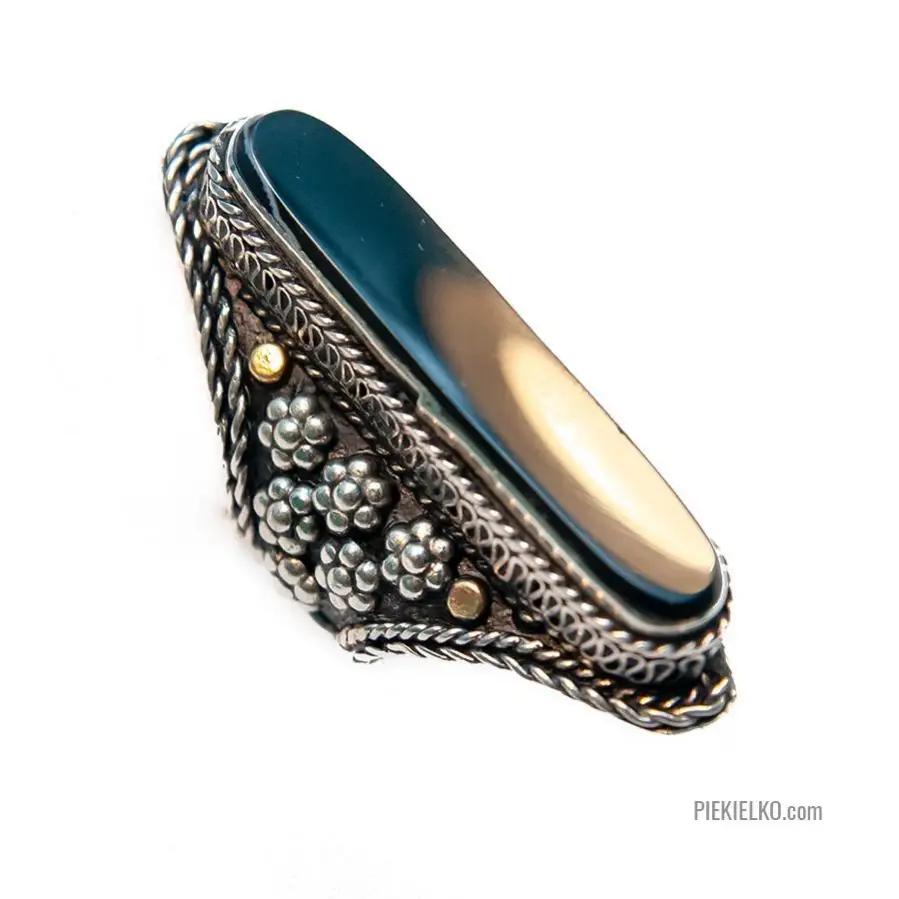
Afghan ring - agate
136,00129,20 -

Ring with natural purple agate 925
325,00293,31 -

Universal ring with moonstone
165,00156,75 -
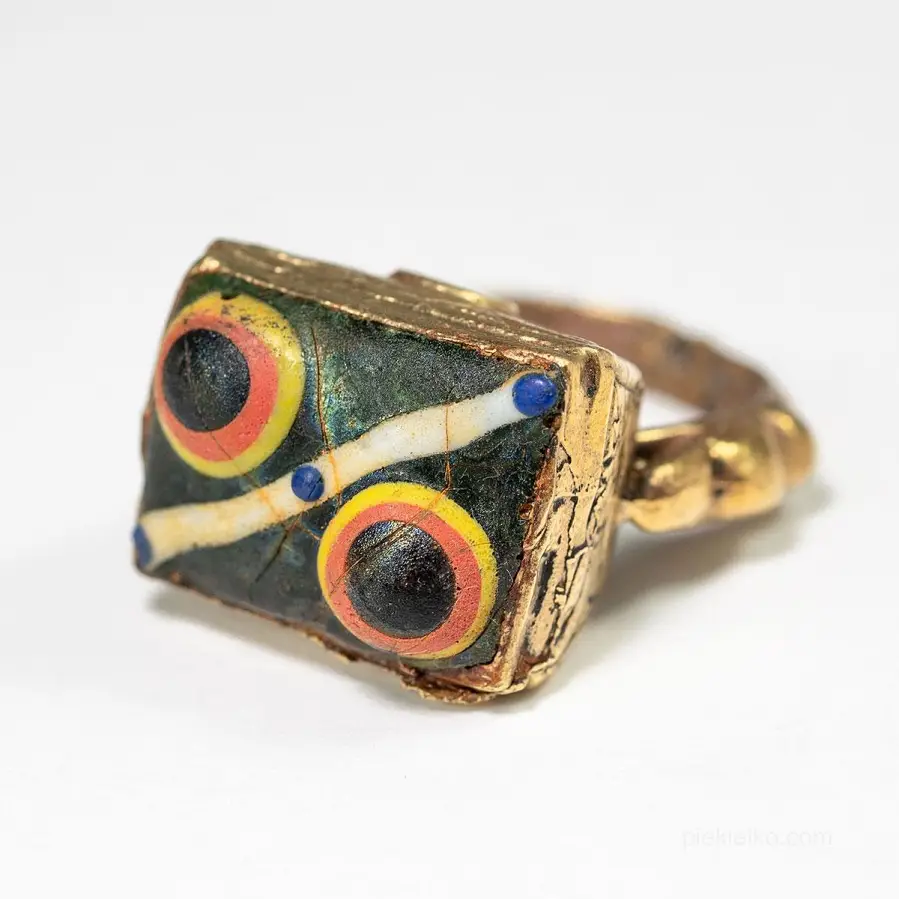
Ethnic gabri glass ring
98,0093,10 -
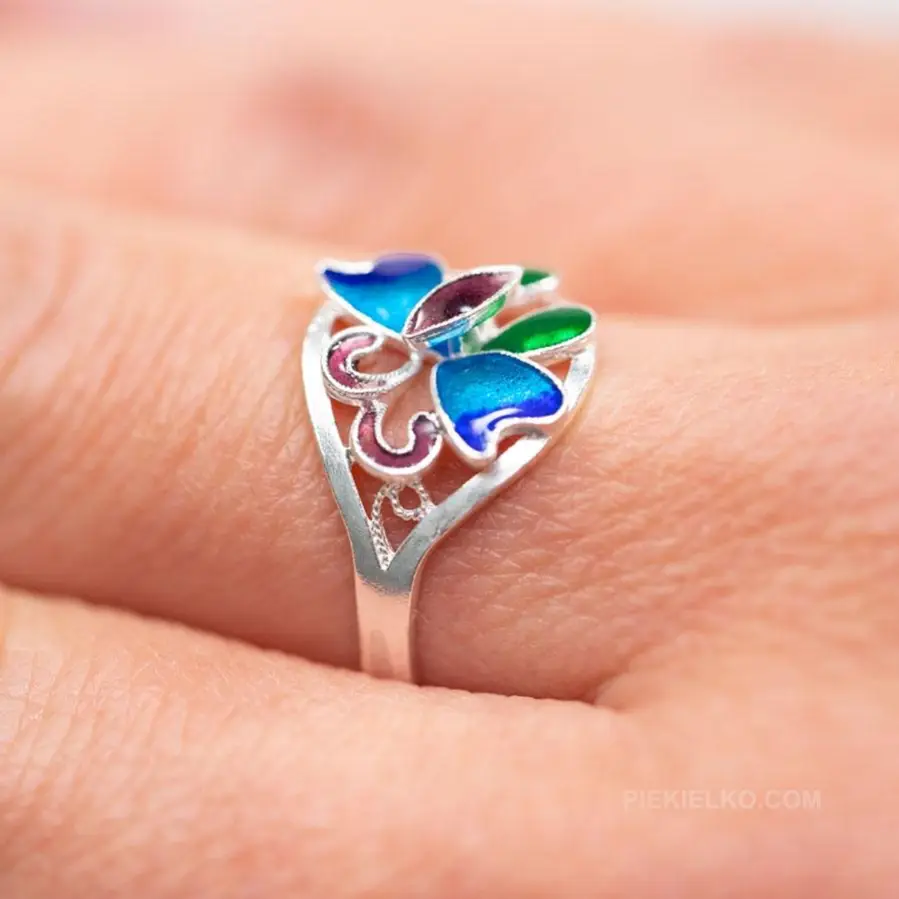
Silver enameled Miao ring
149,00134,47 -

Lunar Magic Glow
530,00478,33 -
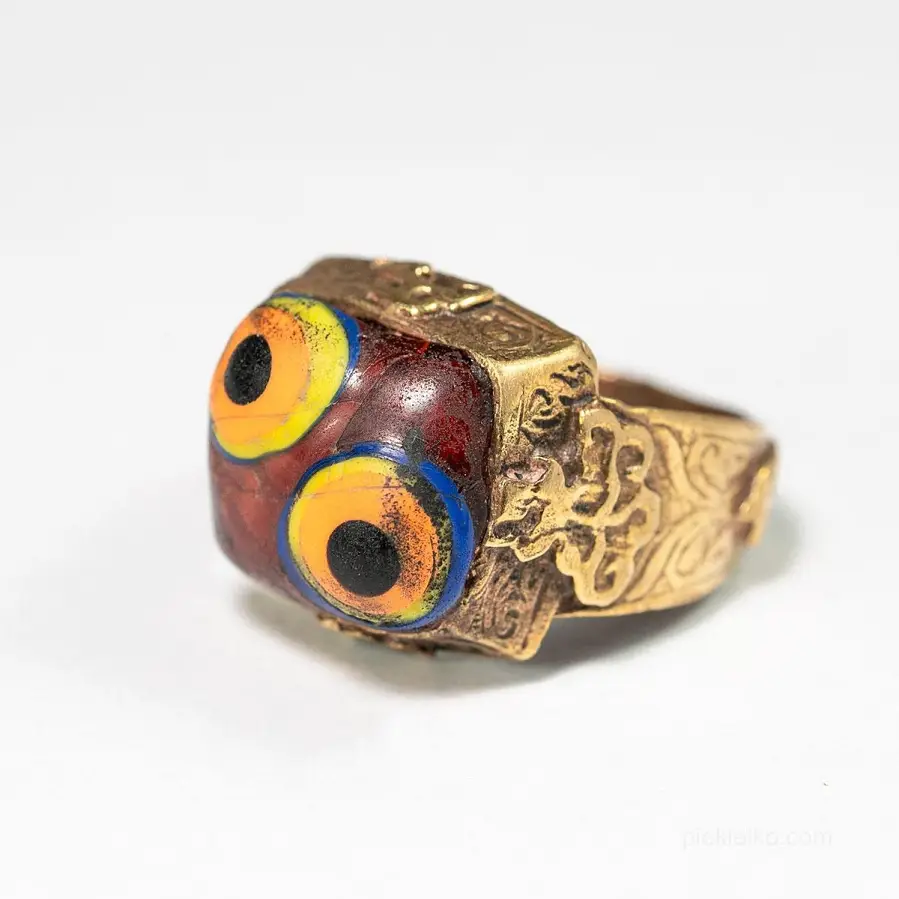
Gabri glass ring
98,0093,10



© Piekielko.com

